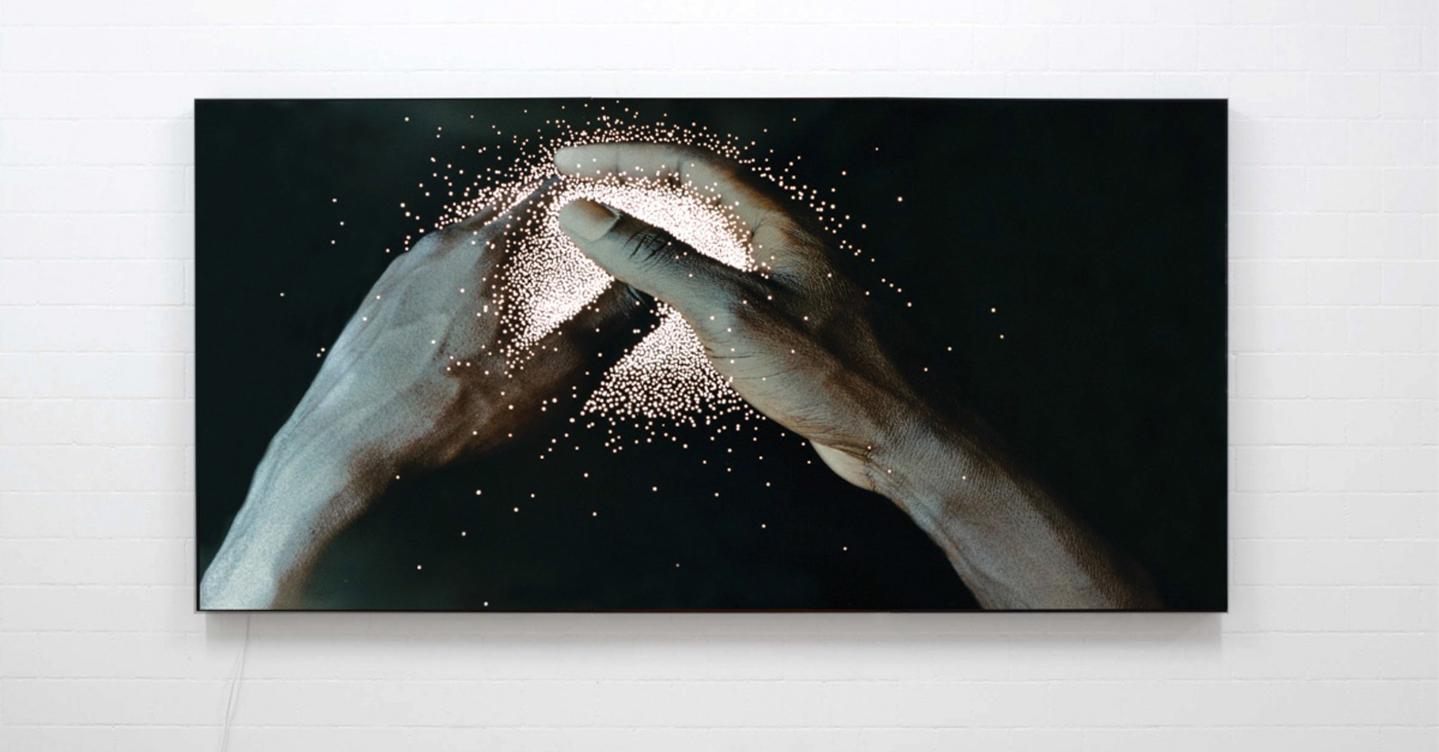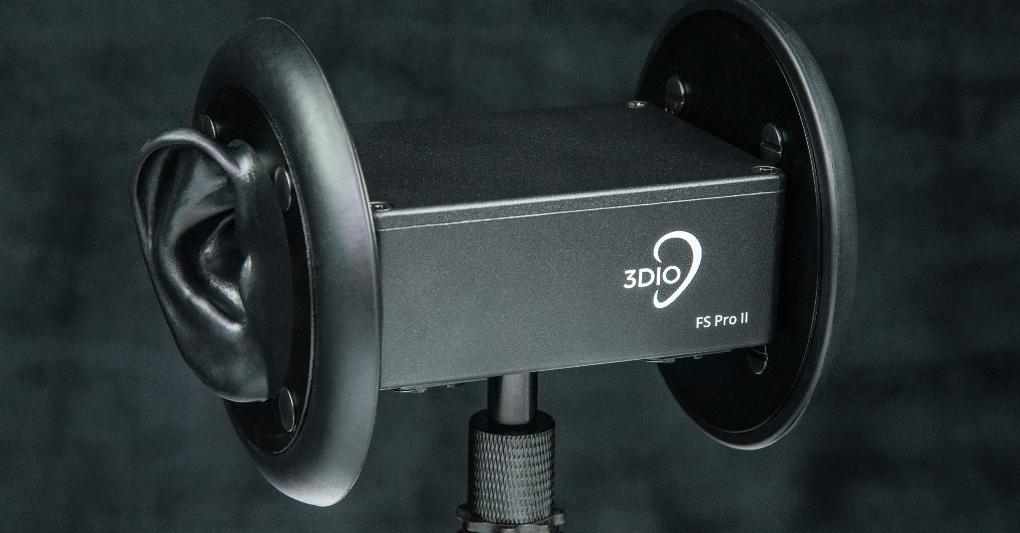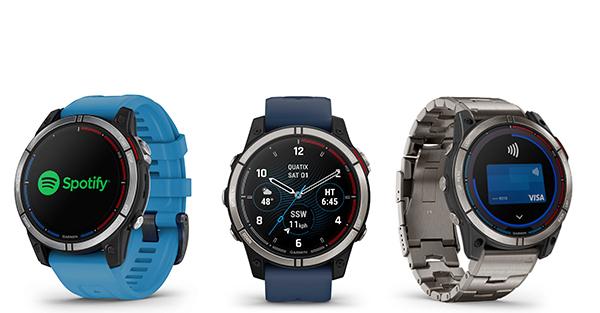A company has launched NFT watches, several high fashion brands have stores with corresponding products in the metaverse, and virtual works of art now have a real market. One wonders: Is the future of luxury and collecting digital? Personally I don’t think so, but I think that we will end up buying hybrid objects equipped with a digital copy to balance two worlds. Some current examples. After bags and accessories, in 2021, Gucci created an NFT related to the fashion film Gucci Aria, which sold at Christie’s for $25,000. Around the same time, Jimmy Choo sold limited edition sneakers on NFT auction platform Binance NFT, while Dolce & Gabbana’s Genesi digital couture collection sold for $6 million. Is luxury dematerializing or is it the opposite? With the desire to own increasingly personalized objects, the algorithm may gain the upper hand. Just as money shifts from physical to digital media, art and luxury can shift too: instead of storing jewelry or watch collections in Swiss bank vaults, they are stored in digital wallets that are encrypted and protected by blockchain. Auction houses are also transforming into digital platforms for buying and selling. This is well explained by a study conducted by Artsy, one of the largest online galleries in the world, on around 800 people who spent at least $10,000 in 2019 or 2020. 83 percent of respondents said they had purchased artwork online at least once: a significant increase compared to 64 percent in 2019. But the Internet has also become an increasingly important channel for driving offline purchases. Nearly two-thirds of Artsy respondents (64 percent) purchased physical artwork that they saw online for the first time. For more than half (57 percent), the Internet enabled them to discover new artists or works that they ultimately purchased (both online and offline). A “noble” application of NFTs is related to the issue of tracking, royalties and copyrights: many physical works of art are now also converted into NFTs, so that their ownership and value can be easily registered and verified. This means the origin of every transaction is traceable and every exchange is transparent. In New York there are already several galleries that exhibit works by Picasso, de Chirico, Matisse and other great artists of the past and deal with this modality. However, a report from Art Basel & UBS focuses on the phenomenon of the crypto art and NFT market and finds that it has grown dramatically in 2021, reaching a total value of $2.6 billion, giving a Total value equals to 11.1 billion US dollars. In March 2021, one of American artist Beeple’s most famous crypto works, Everydays: The First 5000 Days, sold at Christie’s for $69 million. It is a digital collage of almost five thousand photos and images created by the artist and offered for sale. An extreme case? The Bored Ape Yacht Club has become the benchmark for collectibles, with trading volume exceeding $1.2 billion in the first quarter of 2023. Bored Ape Yacht Club is one of the most famous NFT collections. It consists of 10,000 profile pictures with monkeys and is the flagship of the segment. Dozens of stars from around the world own and promote a Bored Ape Yacht Club NFT. So should we imagine bare houses, white walls and wallets full of digital art in the not-too-distant future? Will the status symbol watch and bag be more important on our avatars’ wrists than on ours in the real world? Maybe we’ll get around to buying bottles of champagne and NFT truffles. Maybe, but I still prefer touching, appreciating tastes and aromas while satisfying non-virtual senses.
The Intangible Taste of Taking a Breath: How Digital Buying and Selling is Growing




